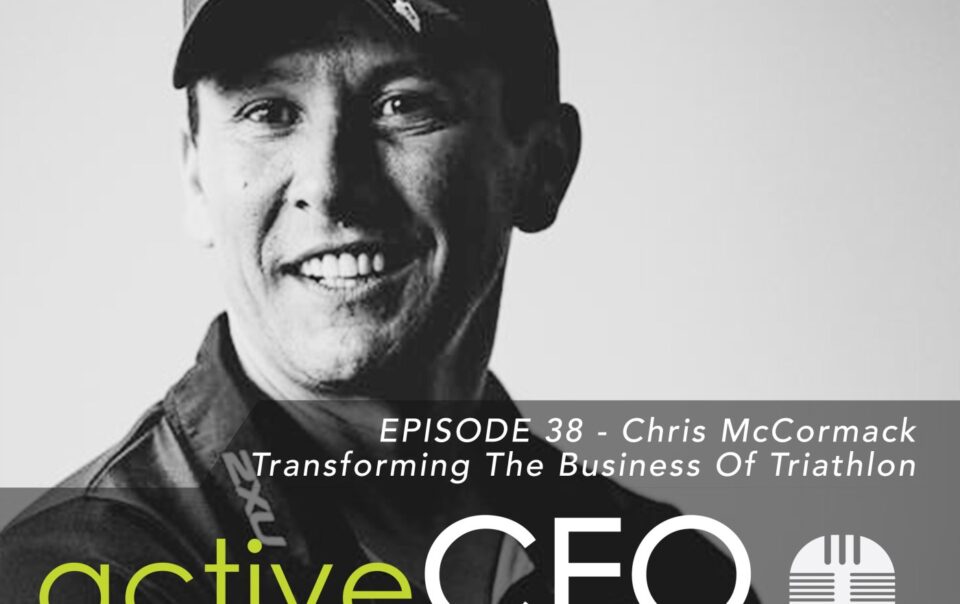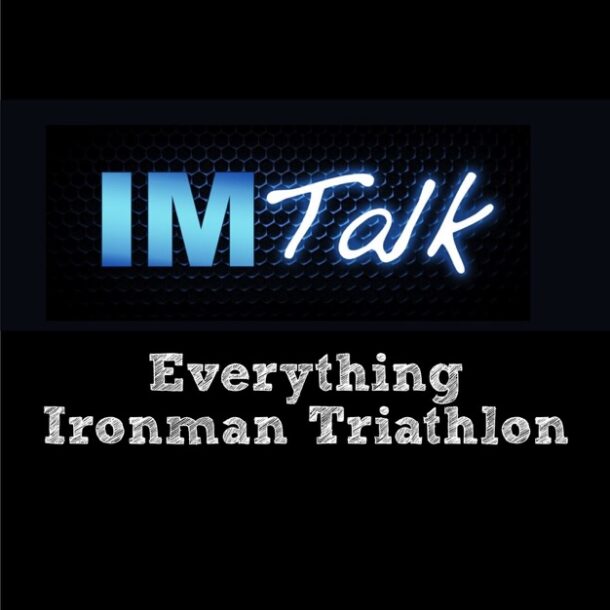
Committing to just one swim, bike or run event is scary enough, but competing in all three, back-to-back with no rest in between, well, that just sounds like madness. Particularly if you’ve never entered a multi-sport endurance event before.
If you’re a newcomer to the sport of triathlon, or getting back into it after a long break, the whole idea of training and choosing the right triathlon can be daunting. To help beat back the nerves and get your training plan rolling we’ve enlisted the help of former two-time world Ironman champion, Chris McCormack, to impart all of his triathlon-stomping wisdom…
Choosing your first triathlon
A good race review travels fast within a triathlon community, a bad one even faster. You’re always going to want to do the races and events your friends have enjoyed, but they may not always be the most suitable — especially if you’re just starting out.
On Racecheck you can look for races that perfectly fit your specifications and then read reviews from athletes that have already completed them. Long or short, close to home or an hour’s drive away, there’s an event for everyone to participate in. It’s a luxury that we’re lucky to have nowadays McCormack explains:
“A great race can change everything about your perception of the sport, as well as your feeling of progress. Listen to the advice and feedback of others, at MXEndurance we have over 1000 competing triathletes who race all over the world — they’re a perfect resource to tap into!”
Training for the big day
McCormack explains how an individual’s goals can really affect their kind of training plan, but as a rule of thumb, “three sessions of each discipline per week (nine sessions in total) is a good starting block for any athlete.”
Finding the time to squeeze in these sessions is the next step and depending on your lifestyle and time demands, you may have to front-load or back-load your week of training. If you’re finding that time is not on your side, then focus on your weaknesses and climb out of your comfort zone. There’s no point clocking in 10km runs every week when you’re struggling to complete one length of the pool.
As well as finding time to physically train, you’ll also want to set time aside to rest and recover. Giving your body a chance to rest and recuperate will keep those pesky, overtraining illnesses away and ensure you’re fighting fit for the big day.
Consistency is key when it comes to training for a triathlon, short punchy sessions having the most benefit on your overall fitness. Remember, training should always be enjoyable — if you’re struggling to balance it alongside other commitments then lessen the training load, a positive mental wellbeing can make a world of difference during a race or triathlon event.
Selecting the right equipment
With three different disciplines to conquer, you’re going to need to invest in a few pieces of kit. Some are essential while others aren’t as necessary — McCormack explains which are the most vital for beginners especially:
“I think that it’s imperative to have the fundamentals for a triathlon — bikes, wetsuits and running shoes are a given. The rest of the equipment then falls into the ‘is it necessary?’ and ‘what are your performance goals?’ categories.”
For the cycling leg, you’re obviously going to need a bike, but with a mountain to choose from it can often be a little overwhelming trying to choose which is the most appropriate for the triathlons in which you plan on competing. Expensive doesn’t always mean better however, as McCormack explains:
“There is little difference between a £15k bike and a £5k bike, other than that £15k bikes always tend to be at the back of the pack while £5k bikes tend to be at the front. The more expensive bikes are bling but, ultimately, they cannot replace the most important things — good preparation, great support and hyper enjoyment.”
For McCormack it’s all about the simple things, like a comfortable bike fit and setup dialled into your specific preferences.
“Sitting comfortably on a bike is critical, you need to make sure you can sit in the most aerodynamic position for the entire race. Many people fail to invest in this quite simple setup.”
The same principle also applies to running shoes and wetsuits, comfort should always come before aesthetics or expensive-but-inessential extra features.
If you’re planning to get a little more serious about triathlon racing, then one of the best investments is in a coach or dedicated training group. A coach could be just as crucial as the bike itself, as McCormack describes:
“A coach can keep you accountable and help build your enthusiasm and knowledge, helping you to reach those specific training goals. We see this a lot within our own MXEndurance community, the support and motivation that comes from being part of a community really keeps you engaged with training and go beyond the whole ‘new year’s resolution’ type thing.”
One of the biggest mistakes that we all make when first approaching a triathlon is to overestimate their difficulty. This only serves to build anxiety and by the time we get to the event we develop a mental block that prevents us from enjoying the experience.
McCormack sees this all too often. “I see many people being drowned in nervousness and — as a result — not truly appreciating how cool the event will be. This means that they miss out on a lot of the great community and atmosphere that a race brings.”
To try and combat this anxiety, McCormack describes his approach to racing and participating in triathlons:
“I always found standing on the start line and looking around, taking in the event and its surroundings, kept me really centred and in the moment. You’ve done the distances before, so your anxiety and doubts are all self-manifested.
“Quiet the noise in your head and you’ll learn a valuable lesson on mind preparation and the art of enjoying the triathlon process.”
Read the full article on Medium.com.
Philosophy
“Great things happen to people who make great things happen.”
Navigate
chris@macca.com
Terms & Conditions
Privacy Policy




